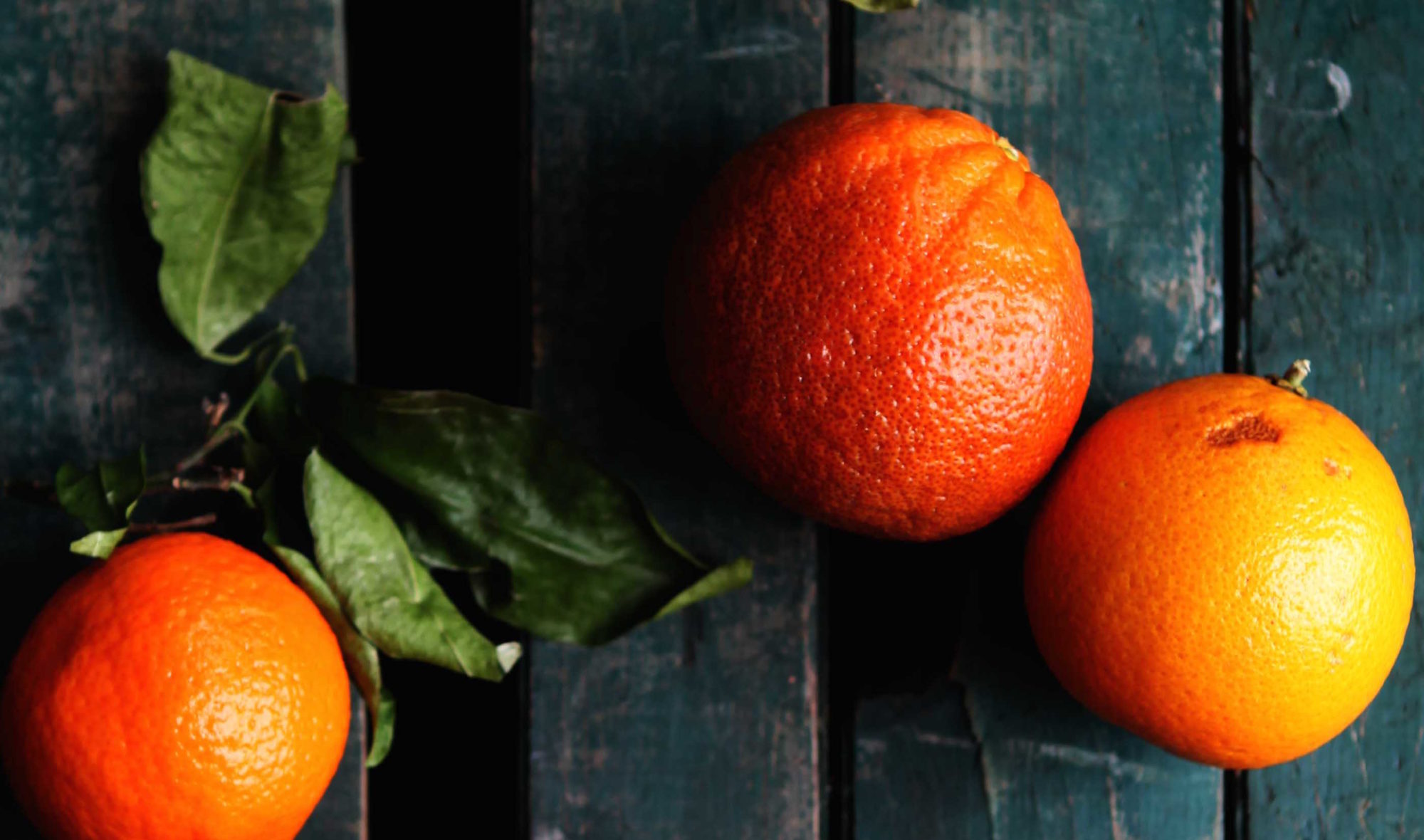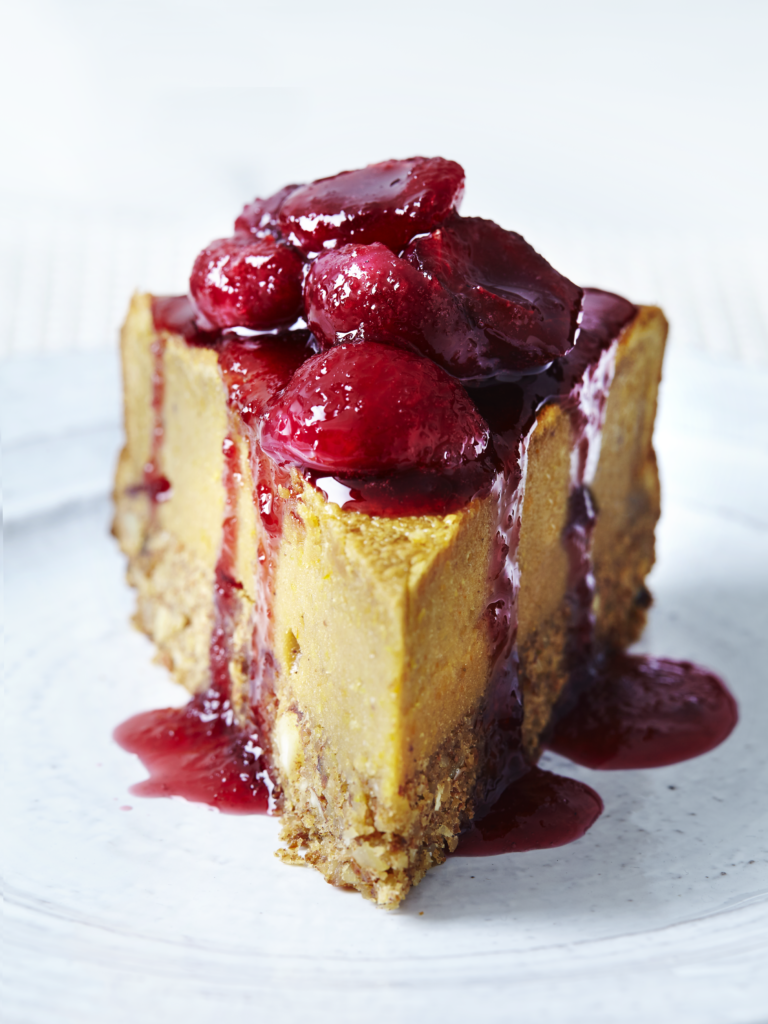
Join PN Level 2 for less than $9 USD/day! Affordable monthly payments now open.

Oranges are a sweet, juicy citrus fruit that grow in warm climates. In the US, they are seasonal during winter. Oranges are best known for their potent dose of vitamin C: a single orange supplies nearly a day’s requirement. They also offer fiber and vitamin A, and provide the body with antioxidants. While oranges are commonly consumed as juice, the best nutrition is found in the whole fruit. They are great for snacking but can also be incorporated into baked goods, cooked dishes, and salads.
The sweet orange is a citrus fruit that grows on trees. Oranges have a sweet flavor and juicy flesh.
In the US, oranges come into season during the winter; they are grown in warm-climate states such as Florida, Texas, and California.
Different cultivars exist; the “common orange” is primarily used for juice, while navel oranges are popular for eating. Valencia oranges are a late-season orange, which are enjoyed for juice, cooking, and snacking.
Oranges are firm and round, typically about the size of a baseball (usually about 2-3 inches in diameter).
They have a thick, bright orange rind. The inner flesh is also bright orange, with a white pith.
Some oranges, such as the Cara Cara variety, have a pink tint to them. Blood oranges are named after the reddish tint to their flesh and juice.
One raw navel orange contains about 69 calories, 1.3g of protein, 0.2g of fat, 17.6g of carbohydrates, 3.1g of fiber, and 11.9g of sugar.
Oranges are renowned for their vitamin C content: a single orange provides about 93% of the recommended daily intake. Vitamin C performs many important functions in the body, including providing antioxidant properties that may help fight off disease.
Oranges are also good sources of vitamin A, fiber, potassium, and choline. Much of their nutrition is contained in the white pith and the orange flesh, so eating a whole orange is a better nutritional choice than drinking orange juice.
Choose oranges that are firm, smooth skinned, and feel heavy for their size (this signals a high juice content). Avoid oranges that have any mushy or moldy spots.
Oranges do not have to be uniform in color to be good. Keep in mind that the shade of skin will reflect the variety: blood oranges, for example, tend to have a reddish tint that can be seen in the peel, as well as the flesh.
The best way to store oranges is in the refrigerator. Keep them loose; don’t seal them in a plastic bag or they could develop mold. Whole, fresh oranges should last for about two weeks this way.
If you choose to pre-slice or juice your oranges, the cut flesh and/or juice will last for two to three days in a sealed container in your fridge.
Even though you’re not eating the peel, it’s best to wash oranges before cutting into them. This way you avoid transferring any outer dirt into the cut flesh.
There are a few ways to prepare an orange for eating or cooking:
If you wish to make fresh-squeezed orange juice, you can use an electric juicing machine, or simply use a plain juicer and squeeze the juice by hand. Depending on how many glasses of juice you want, you may need a lot of oranges!
If you’re just looking to add a hit of fresh orange juice to a recipe, try this chef trick: hold a cut orange over the dish that needs the juice. In your free (bottom) hand, hold your fingers just slightly apart. Squeeze the juice into your bottom hand, letting the juice fall through your fingers into the dish, while catching the seeds in your palm.
While oranges are most commonly enjoyed as juice or a snack, you can cook and bake with them too. Try roasting chicken breasts with slices of orange. Add chopped oranges to a roasted beet salad. Spike your marinades or sauces with fresh orange juice and zest. Anything that could benefit from a sweet, slightly acidic hit of flavor, can probably appreciate a bit of orange.
Don’t throw out that orange peel! It’s great for orange zest. The zest has a slightly sweet, bitter, and acidic quality. In other words, it provides a great flavor boost. To get orange zest, first wash and dry the orange. Then take a fine rasp-style grater (such as a Microplane) to the peel. Zest is best soon after it’s made, but you can keep it in a sealed container in the fridge for a day or two, or you can keep it in a freezer bag in your freezer for weeks. Zest is a great addition to baked goods, meat marinades, grilled fish, compound butters, or even as a topping for yogurt or creamy desserts.

This delicious orange cake is sure to please. Its creamy texture and sweet citrus flavor will make your tastebuds dance. This recipe is perfect for special occasions or treats.
Prep Time: 30 minutes Cook Time: 80 minutes Yield: 10 slices
For the Crust
Preheat the oven to 350°F. Grease a 9” springform pan with coconut oil.
Put the almonds, dates, oat flour, water, and egg in a food processor or high-power blender and blend until almost smooth. Transfer the dough to the prepared pan and distribute it on the bottom evenly. Set aside.
For the Cake
Fill a large saucepan with water and place over high heat. Put the orange in the water and bring to a boil. Reduce the heat slightly and boil for 20 minutes. Remove the orange and allow to cool for 10 minutes.
Cut the orange in quarters, disposing of the hard stem. Put the orange quarters in a food processor or high-power blender (peel and all). Add the cashew butter, maple syrup, and lemon juice, and blend for 2-3 minutes until smooth. Add the eggs and blend for another 1-2 minutes. Pour the mixture over the crust and smooth it out evenly.
Bake for 50-55 minutes or until toothpick comes out clean. While the cake is baking, prepare the topping.
For the Topping
Put the cornstarch in a mug and slowly drizzle cold water on top until the cornstarch is just covered. Stir until the cornstarch is completely dissolved.
Put the cherries, applesauce, maple syrup, and cornstarch mixture in a large saucepan over medium-high heat, stirring continuously for 5-8 minutes until the mixture begins to boil. Keep boiling and stirring for another 2-3 minutes until the mixture darkens and thickens. Remove from heat and set aside.
To Assemble
Once the cake is done baking, pour the cherry topping on it and spread it evenly. Place the cake in the refrigerator overnight.
Remove the sides of the springform pan and serve. Store leftovers in the refrigerator.
Precision Nutrition’s Encyclopedia of Food expands every single month as we highlight new foods and showcase beautiful food photography. If you’d like to stay up to date, simply click this link. From there, we’ll send you a FREE copy of our recipe book. We’ll also let you know when new and delicious foods are added to the site.
Oranges are a sweet, juicy citrus fruit that grow in warm climates. In the US, they are seasonal during winter. Oranges are best known for their potent dose of vitamin C: a single orange supplies nearly a day’s requirement. They also offer fiber and vitamin A, and provide the body with antioxidants. While oranges are commonly consumed as juice, the best nutrition is found in the whole fruit. They are great for snacking but can also be incorporated into baked goods, cooked dishes, and salads.